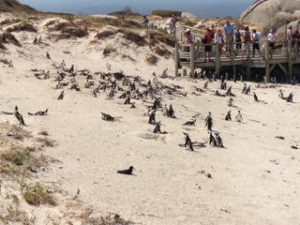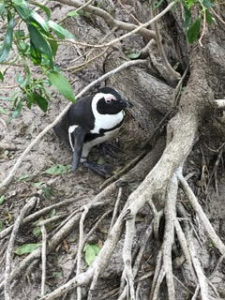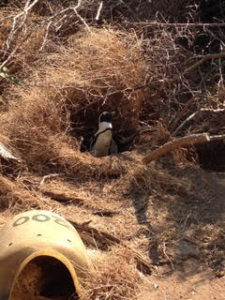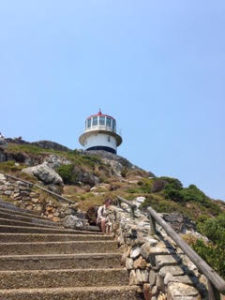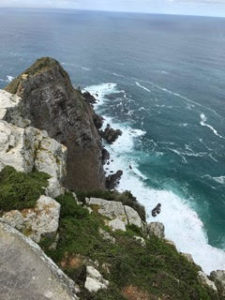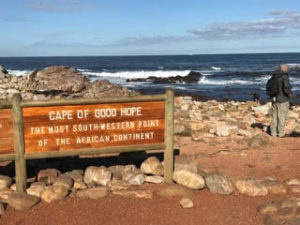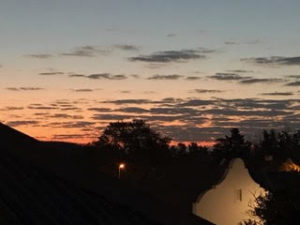Albert’s Trip to South Africa, Finale
AAR: The Western Cape, South Africa, June 2017 (Part 6…the end)
Greetings, Fellow Travelers!
BLUF: This six-part AAR covers the journey, the destination, and activities of our trip to South Africa (our second!) while stationed in Germany. This trip focused almost exclusively on wine and food. While far from almost everywhere, the Winelands outside Cape Town have one of the largest concentration of wine estates for both seasoned and novice wine drinkers. It’s much more affordable than France and has better mountain views than Germany.
Today’s AAR takes us to the Western Province of the Republic of South Africa.
Part 6: Waddles and Waves.
South Africa offers so much for wildlife, food, wine, and culture tourists. And while an African safari is still on our bucket list, nothing compares to the colony of comical African Penguins at Boulders Beach in Simon’s Town. This unique, land-based colony houses almost 3,000 penguins who live and swim and hunt off the beach. For a $5 conservation fee, visitors can walk on raised platforms to the beach to watch the birds swim and goofily waddle their way onto the warm sand.
Once you enter the reserve, I recommend you turn right and walk on the platform that winds through the penguins’ habitat before it reaches to the beach. On this walk, you can see penguins sleeping in old metal milk pitchers, rubber tires, and plastic tubs. If you’re lucky, you may even see some baby penguins who have yet to molt their gray fluffy feathers for the slicker, water-proof black and white ones.
As the penguins are natural performers, they put on quite a show for the onlookers. Even though they are used to people, warning signs are everywhere advising you to not touch the birds since if threatened they will impale curious hands with their razor-sharp beaks. Parking around the reserve is tough, but patience—as well as tip money for the locals holding parking spots for you—is essential.
Before the Suez Canal, merchant and war ships used to traverse the ironically named and extremely dangerous Cape of Good Hope at the southwestern tip of Africa. Today, Cape Point is national park on which sits an old lighthouse with views of False Bay and the southern Atlantic Ocean.
Take the funicular up to the base of the lighthouse, then make the hike up to the top for some more amazing views. Roundtrip tickets can be bought on site for $5.50 or buy a one way and hike down. The Two Oceans Restaurant has a deck overlooking False Bay and has amazing sea food. Should the wind become too strong or the baboons too brave, deck eaters will be asked to move inside. Cape Point is a top tourist site, so reservations should be made at the Two Oceans to guarantee you scenic lunch spot.
A short drive from Cape Point is the official Cape of Good Hope. While it doesn’t have a gift shop or any facilities to speak of, a large sign announces its significance. In my experience, tourists tend to be courteous enough to cycle through quickly for the requisite photo.
In sum, we had a blast during our time in the Western Province. For us, the region remains one of our most cherished vacation spots. We hope to return to South Africa to explore the Garden Route along the southern coast and Kruger National Park for a safari. Until then, we will continue to enjoy South African wines and try to be as joyful and self-possessed as our friends on Boulders Beach.
Happy Travels!
Vr,
Albert
Albert Guerrero, USAF (ret.)
Follow my travels on Instagram: @albert_traveler
